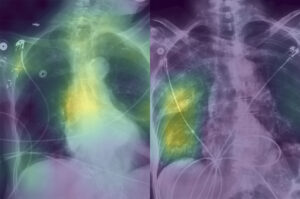Current technologies already in use could help prevent crashes and deaths linked to impaired driving.
The post Auto industry deadlines loom for impaired-driver detection tech, U-M offers a low-cost solution appeared first on Michigan Engineering News.

 Michigan Engineering | University of Michigan
Michigan Engineering | University of Michigan 